Paul
Jul 28, 2024
Creating AI voice generators involves transforming data into lifelike digital voices. In this article, we will discuss “from data to digital voices: how AI voice generators are made.” Discover the process, including data collection, deep learning, and voice AI technologies, and learn how these technologies work together to produce realistic AI voices.
Key Takeaways
- AI voice generators use deep learning and neural networks to produce realistic, human-like speech, offering practical applications like voiceover work and accessibility tools.
- Creating natural AI voices involves extensive data collection and sophisticated techniques like concatenative and parametric synthesis, requiring high-quality, diverse audio datasets and continuous optimization.
- Voice cloning technology can replicate human voices with high accuracy, presenting both exciting opportunities in entertainment and significant ethical concerns regarding consent and privacy.
- Voice AI offers cost-effective solutions for e-learning, entertainment, customer service, marketing, and advertising, while ensuring responsible usage by collaborating with voice actors and securing commercial usage rights.
Understanding AI Voice Generators

AI voice generators are marvels of modern technology, using advanced machine learning, neural networks, and natural language processing to produce highly realistic and human-like speech. These systems, also known as synthetic voices or voice AI, have evolved significantly over the years. Initially, AI-generated voices were often robotic and monotone, lacking the natural intonations and emotional expressions of human speech. Today, however, the best AI voice generator technologies can create voices that are dynamic, expressive, and almost indistinguishable from real human voices.
Deep learning algorithms and neural networks, designed to emulate the functioning of the human brain, lie at the core of AI voice generation. These networks are trained on vast amounts of data, learning to recognize patterns, intonations, and nuances in human speech. As the AI processes more data, it becomes better at producing speech that sounds natural and fluid. This transformation from robotic to lifelike speech is a testament to the power of deep learning and the continuous improvement of AI technologies.
AI voice generators have a vast amount of practical applications. They offer cost-effective solutions for professional voiceover work, making it easier for businesses to create high-quality audio content without the need for human voice actors. Additionally, these technologies improve accessibility for visually impaired users by providing more natural and engaging speech output, like AI generated voice sound. With AI-generated voices, we are moving towards a future where machines can communicate with us in ways that feel more human, more personal, and more real.
Glossary |
Machine Learning (ML) 🦾Machine Learning algorithms allow AI systems to learn from vast amounts of data. This learning process helps AI voice generators improve their ability to replicate human speech.
Neural Networks (NN) 🧠Neural Networks, modeled after the human brain, consist of interconnected nodes that process and generate information.
Natural Language Processing (NLP) 💬NLP enables AI systems to understand and generate human language, ensuring the speech produced is coherent and contextually accurate.
Application in AI Voice Generators 🔊These technologies work together to create highly realistic AI voices, used in voice assistants, audiobooks, and accessibility tools, making digital interactions more human-like. |
Data Collection for AI Voices

The process of crafting realistic AI voices kicks off with the collection of diverse audio data. This process involves gathering various forms of audio, including human speech, music, and even animal sounds. The goal is to capture a wide range of voices and sounds to build a comprehensive dataset that the AI can learn from. However, this task can be time-consuming, as it often requires recording audio in real-time and ensuring the data is of high quality. This comprehensive dataset is crucial for developing versatile voice AI applications across different industries.
Crowdsourcing and automated tools serve as effective methods to handle this extensive data collection. Some ways to collect and prepare the data include:
- Crowdsourcing platforms can collect fresh audio data from a diverse pool of native speakers, ensuring a rich and varied dataset.
- Automated tools can gather audio from online sources, though maintaining data quality can be challenging.
- Once collected, the data must be validated and preprocessed to eliminate errors and biases, ensuring it is fit for training AI models.
This meticulous preparation is crucial for developing natural-sounding AI voices.
Step-by-Step Guide: Data Collection for AI Voice Generators |
|
Deep Learning Algorithms in Voice Generation
AI voice generation is fundamentally supported by deep learning models like neural networks. These models are trained on extensive datasets of human speech, learning to recognize complex audio patterns and nuances. One notable example is DeepMind’s WaveNet, which models raw audio waveforms to enable high-quality and expressive speech synthesis. By analyzing vast amounts of data, these models can capture the subtleties of human speech, including intonation and rhythm. These advancements in deep learning significantly enhance the capabilities of voice AI, making it more adaptable and realistic.
Techniques like Retrieval-based Voice Conversion (RVC) further enhance the realism of AI-generated voices. RVC systems use a database of pre-recorded audio to synthesize new speech by selecting and concatenating segments of actual human speech. This approach ensures that the generated speech sounds incredibly natural, as it is based on real human voices rather than entirely synthetic ones. The success of these deep learning techniques hinges on the quality and quantity of the training data, highlighting the importance of extensive data collection.
WaveNet 🌊What it is: A deep generative model that generates raw audio waveforms, allowing for highly natural and expressive speech synthesis. How it works: WaveNet uses a neural network to predict and generate audio sample by sample, incorporating realistic elements like intonation and breathing patterns. |
Retrieval-based Voice Conversion (RVC) 🔄What it is: A technique for converting speech-to-speech, preserving the original speaker's vocal attributes and emotional tone. How it works: RVC uses a database of real human voices to synthesize new speech, ensuring naturalness by piecing together segments from actual recordings. |
Training AI Models with Human Speech
The initiation of training AI models for generating realistic speech requires the utilization of preprocessed human speech data and deep learning techniques such as recurrent neural networks (RNNs) and convolutional neural networks (CNNs). These models focus on understanding the relationships between phonemes, words, and sentences, enabling them to produce coherent and natural-sounding speech. The training data set includes both labeled data for supervised learning and unlabeled data for unsupervised learning.
Recurrent Neural Networks (RNNs) 🔁What they are: RNNs are a type of neural network designed to recognize patterns in sequences of data, such as time series or speech signals. How they work: RNNs use loops to allow information to persist, making them particularly suited for tasks where context and sequence are crucial, like understanding the flow of speech and the relationship between words. |
Convolutional Neural Networks (CNNs) 📷What they are: CNNs are a class of deep neural networks that are particularly effective in processing grid-like data, such as images. How they work: CNNs use a series of convolutional layers to extract features from the input data. In voice generation, they help in identifying and learning the spectral properties of sound, crucial for generating high-quality audio. |
Fine-tuning and optimization are critical steps in refining the AI model’s performance. This involves:
- Parameter Adjustment: Adjusting the model’s parameters to improve the quality, intelligibility, and naturalness of the generated voice.
- Testing & Evaluation: Testing and evaluating the models for inconsistencies, errors, and unnatural elements to ensure high-quality output.
- Quality Assurance: Ensuring the final output meets high standards of pronunciation accuracy and overall fluency.
This rigorous training process is essential for refining voice AI performance and achieving high-quality, natural-sounding speech.
Creating Natural Sounding AI Voices
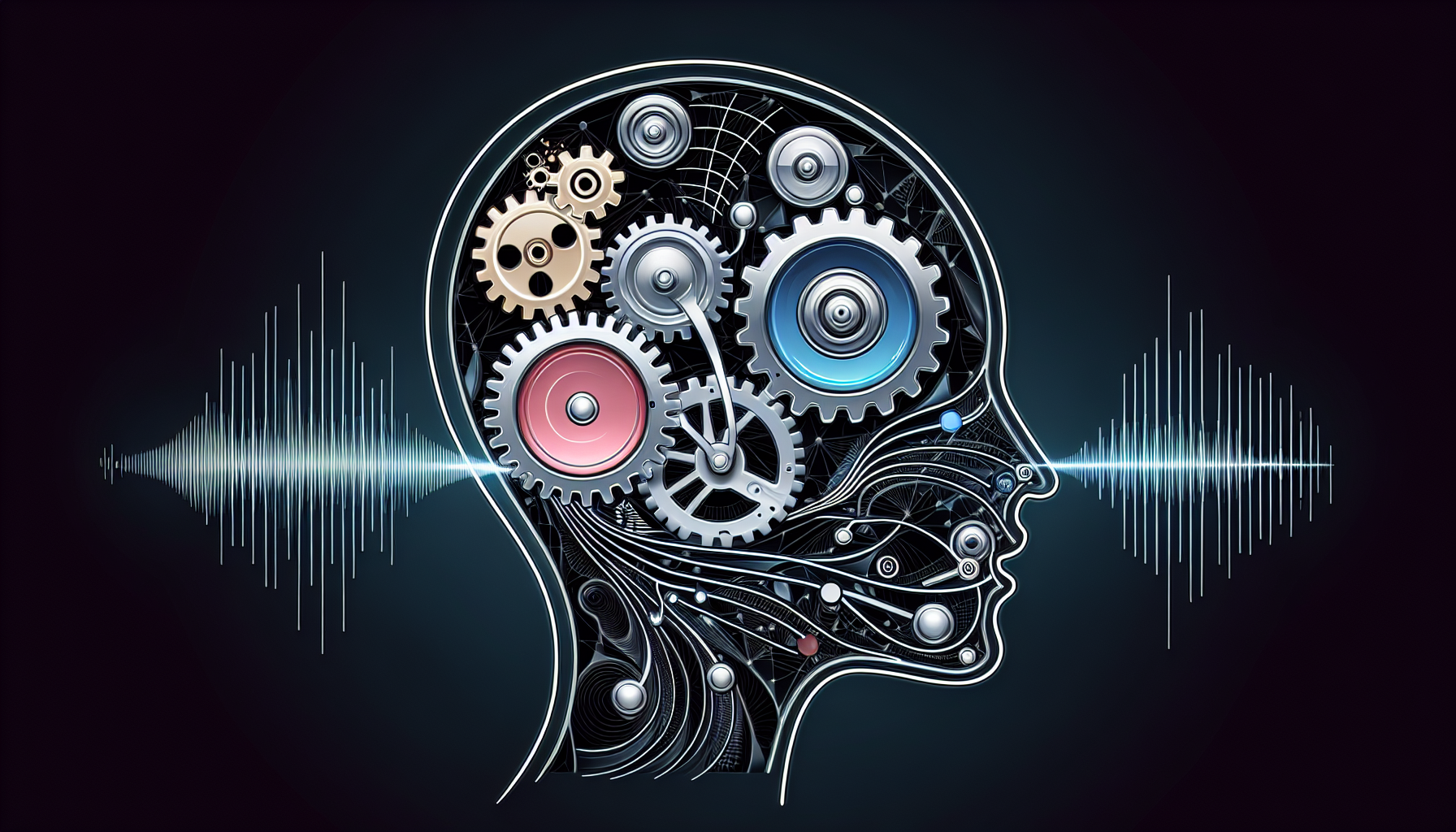
The pursuit of crafting natural-sounding AI voices engages several complex techniques. Concatenative synthesis and parametric synthesis are two primary methods used to generate audio signals corresponding to phonemes in AI voice generators. Voice AI strives to achieve this naturalness by continuously refining its algorithms and techniques.
 Concatenative Synthesis Concatenative Synthesis |  Parametric Synthesis Parametric Synthesis |
|---|---|
| Definition: Uses actual recorded speech segments concatenated together to form words and sentences. | Definition: Generates speech using mathematical models to produce parameters that simulate the voice. |
| Naturalness: High, as it uses real human voice recordings, making the output sound very natural. | Naturalness: Varies, but generally less natural compared to concatenative, as it's synthetic and based on models. |
| Flexibility: Limited, as it relies on pre-recorded segments which may not cover all variations. | Flexibility: High, allows for various voice characteristics and emotions to be synthesized by adjusting parameters. |
| Storage: Requires large amounts of storage due to the need for a database of recorded samples. | Storage: More efficient, as it relies on smaller sets of parameters rather than large databases. |
| Applications: Often used in systems requiring high-quality voice output like IVR systems. | Applications: Common in applications needing flexible voice adjustments, such as virtual assistants. |
By selecting from a wide range of voices, including those with emotional tones like happy, sad, and angry, developers can create more engaging and lifelike AI voiceovers. Adjusting the speed and pitch of the AI-generated voice can significantly enhance its naturalness. Adding pauses in the script and using pronunciation maps to correct the pronunciation of names and acronyms further improve the accuracy and realism of the speech. These adjustments help the AI voice mimic the natural variations and inflections found in human speech.
Tips for Natural-Sounding AI Voiceovers |
1. Choose a Variety of VoicesSelect from a range of voices with different emotional tones (happy, sad, angry) to make the voiceover more engaging and lifelike.
2. Adjust Speed and PitchModulate the speed and pitch of the AI-generated voice to enhance its naturalness and match the context of the content.
3. Use Natural PausesInsert pauses in the script to mimic natural speech patterns and improve the flow of the voiceover.
4. Correct PronunciationUse pronunciation maps to accurately pronounce names and acronyms, ensuring clear and accurate speech.
5. Avoid Robotic SoundAvoid synthetic tones by refining AI models to better mimic human speech patterns, focusing on naturalness and intelligibility. |
Nevertheless, steering clear of synthetic or robotic-sounding output constitutes a major challenge in AI voice generation. Training AI models to accurately mimic human speech patterns while maintaining high quality is a complex task. Achieving a balance between naturalness and intelligibility requires continuous refinement and optimization, ensuring the AI-generated voices are both clear and lifelike.
AI Voice Cloning Technology
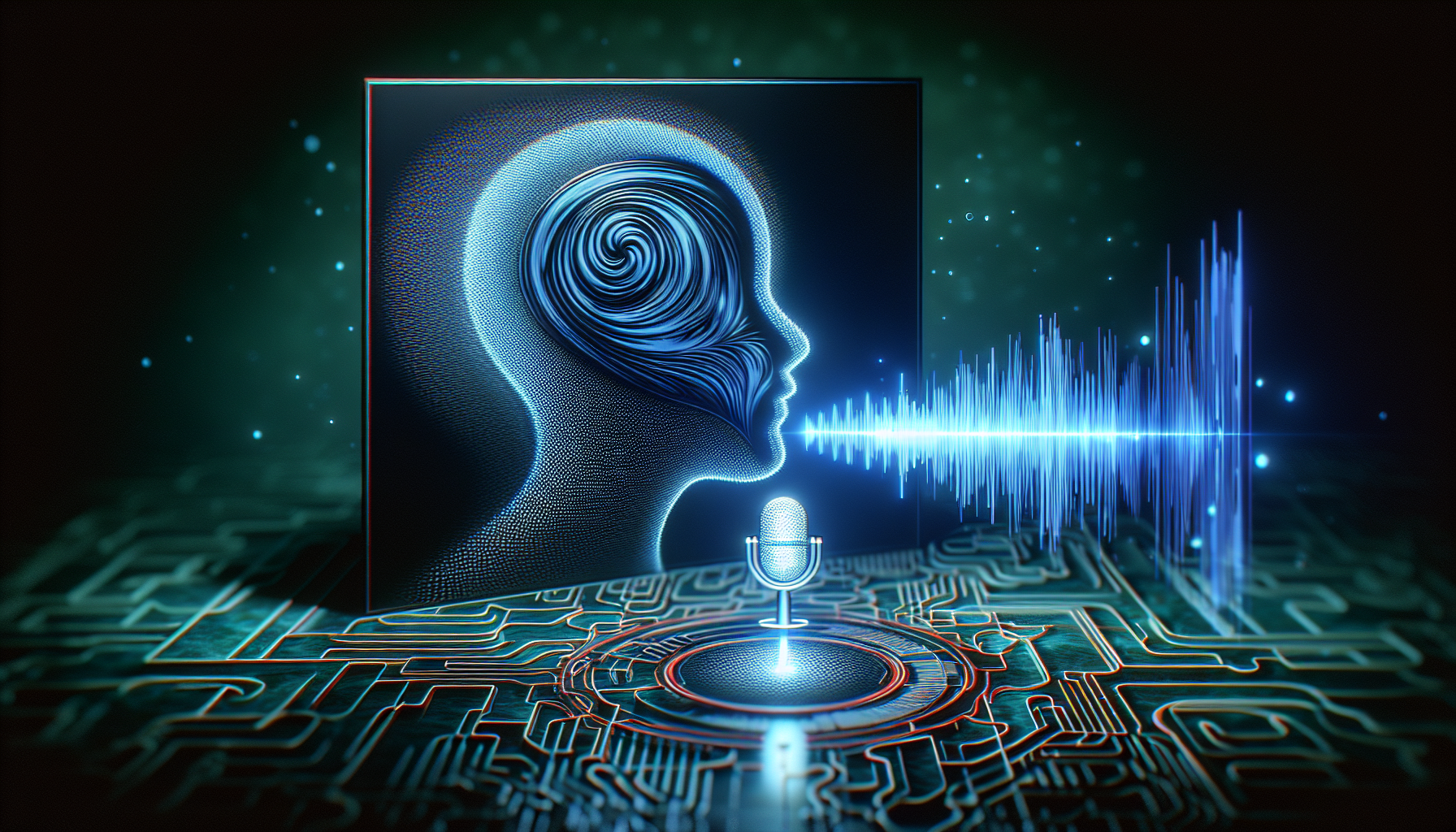
AI voice generation presents a fascinating yet somewhat controversial facet in the form of voice cloning technology. This technology creates synthetic replicas of a person’s voice that are almost indistinguishable from the original. By using AI algorithms and deep learning techniques, voice cloning can mimic the nuances, timbre, and cadence of the original voice with remarkable accuracy. This capability has significant implications for various fields, including entertainment and customer service. Voice AI plays a crucial role in voice cloning, enabling the creation of highly accurate and lifelike voice replicas.
In the entertainment industry, voice cloning is used for various purposes, including:
- Recreating actors’ voices for dubbing
- Resurrecting the voices of deceased actors
- Providing characters in gaming and virtual reality with natural and dynamic voices to enhance the immersive experience
- Preserving the unique accents and linguistic traits of the original voice for personalized and consistent voice interactions
Voice cloning is a powerful tool that has changed the way voices are used in various forms of media.
Real-Time AI Voice Cloning
Real-time voice cloning technology elevates the capabilities of voice cloning to a higher level. By using advanced text-to-speech AI, real-time voice cloning can replicate human voices almost instantly. Some AI voice clong tools, for instance, can create custom AI voices using just 10 seconds of clear audio samples, while Lalals.com requires about 10 minutes. Therefore it captures the emotional nuances and expressiveness of the original speaker better. Voice AI enables real-time voice cloning by leveraging advanced text-to-speech algorithms and deep learning techniques.
However, as this technology advances, it presents significant challenges and ethical concerns. The potential for misuse, such as fraudulent extortion scams, raises questions about consent and privacy. Ensuring the ethical use of real-time voice cloning technology is crucial to prevent abuse and protect individuals’ vocal identities. Read more…
Text to Speech (TTS) Systems
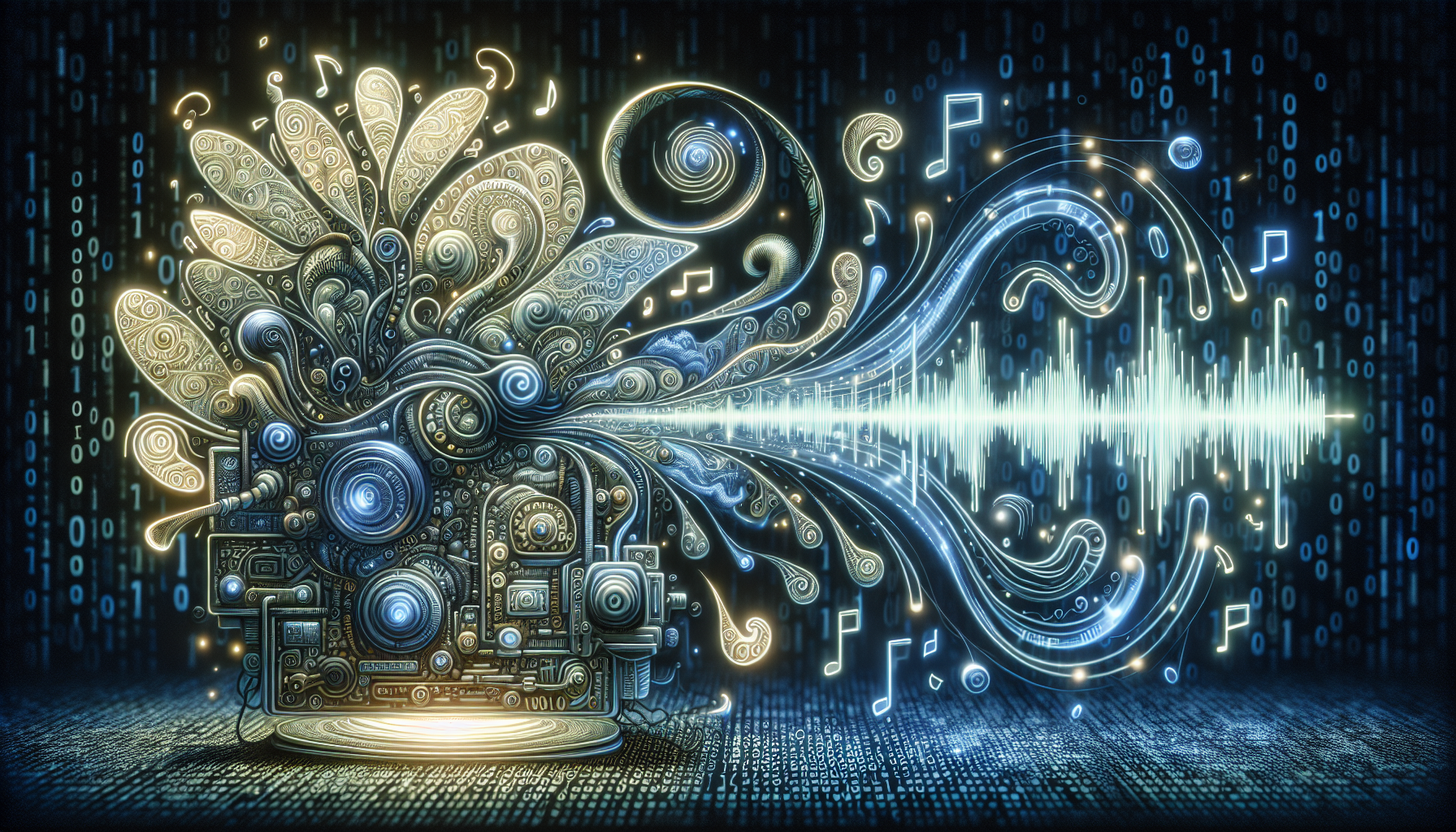
Converting written text into spoken words fundamentally relies on AI text-to-speech (TTS) systems. These systems use complex algorithms and Natural Language Processing (NLP) to analyze and process input text, ensuring contextually accurate and natural-sounding speech. Modern TTS systems employ deep learning techniques to significantly improve the fluency and naturalness of AI-generated voices. Voice AI significantly enhances TTS systems by improving the naturalness and fluency of the generated speech.
Customization is a key feature of contemporary AI text-to-speech technology. These systems can mimic various accents and handle industry-specific jargon by learning from specialized vocabulary databases. This flexibility allows TTS systems to be tailored for specific industries, pronouncing specialized terms accurately and adopting sector-appropriate cadence and tone.
Whether for automated customer service or educational content, TTS systems are improving communication and accessibility in diverse settings.
Applications of AI Generated Voices
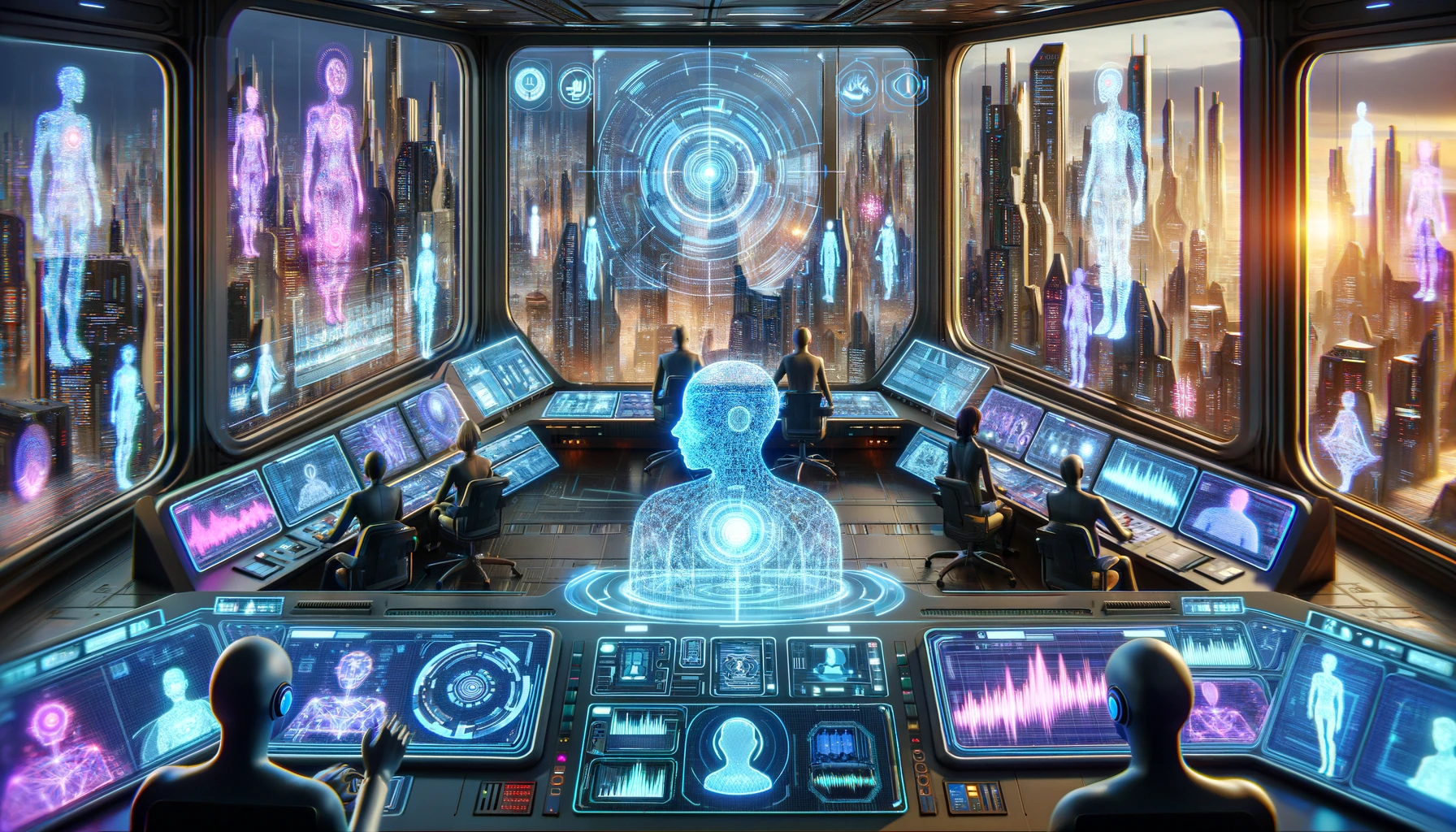
Transforming our interaction with technology, AI-generated voices find a wide array of applications in the real world. In virtual assistants and automated customer service systems, AI voices improve the efficiency and scope of customer interactions, providing a more human-like experience. These systems can handle complex queries and provide timely, relevant responses, improving user satisfaction and engagement. Voice AI is widely used in virtual assistants, automated customer service, entertainment, and educational content, transforming how we interact with technology.
In the entertainment industry, AI voices are changing video game development by generating dialogue and creating unique, procedurally generated quests and dialogue options. AI-generated voices also provide consistent and clear narration in audiobooks and podcasts, making them more engaging and accessible.
The educational sector benefits significantly from AI-generated voices, which create engaging e-learning modules and tutorials, making complex subjects more accessible. Additionally, AI voices improve accessibility for the visually impaired by reading out text from websites, apps, or documents, ensuring that everyone can access information easily.
These diverse applications demonstrate the transformative potential of AI-generated voices across various industries.
Challenges in AI Voice Generation
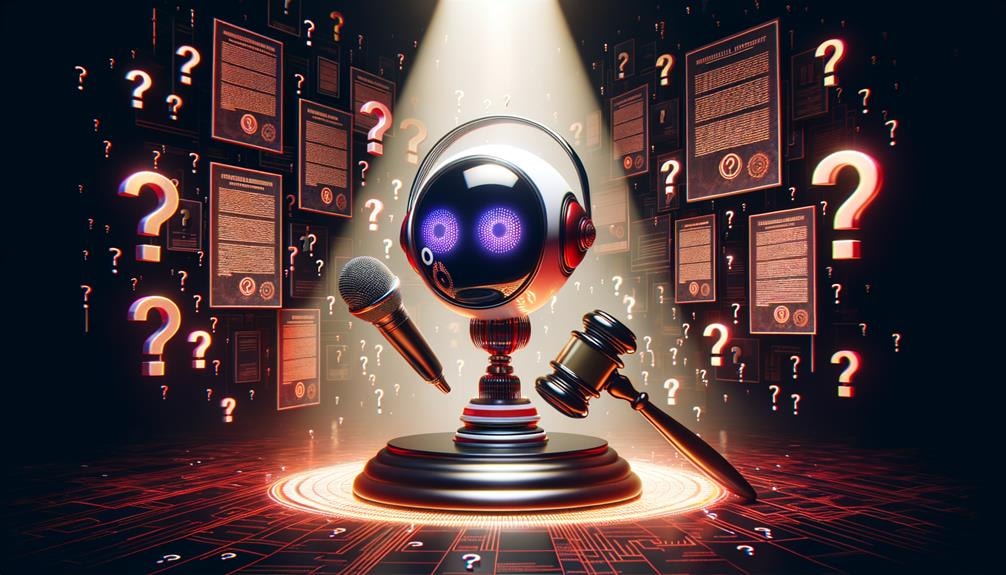
The creation of natural-sounding AI voices is indeed a daunting task. One of the significant challenges is replicating the nuanced elements of human speech, such as intonation and rhythmic variations. Capturing these subtleties is essential for achieving ultra-realistic voices that can convey emotions and expressions effectively. Furthermore, maintaining a consistent tone across different contexts and emotional states is another hurdle that AI voice technology must overcome. Voice AI faces significant challenges in replicating the nuanced elements of human speech and maintaining a consistent tone across different contexts.
Another challenge is the computational expense associated with techniques like Retrieval-based Voice Conversion (RVC). These systems require extensive databases of audio segments and significant processing power to find the best matches for a given utterance. Balancing between naturalness and intelligibility is also crucial, ensuring that the generated speech is both clear and life-like.
Nuanced Speech ElementsReplicating intonation and rhythmic variations to achieve ultra-realistic voices. |
Consistent ToneMaintaining a consistent tone across different contexts and emotional states. |
Computational ExpenseHigh computational costs associated with techniques like Retrieval-based Voice Conversion (RVC). |
Naturalness vs. IntelligibilityBalancing between natural-sounding speech and clear, intelligible output. |
Future Trends in AI Voice Generation

Exciting possibilities await in the future of AI voice generation. Advancements are expected to improve the naturalness and expressive speech capabilities of AI voices, making them more lifelike and capable of conveying emotions more effectively. Customization options will also advance, allowing for more personalized and diverse voice outputs that cater to individual preferences and specific applications. Future trends in voice AI include advancements in naturalness, expressive speech capabilities, and personalized voice outputs.
Integration of Large Language Models (LLMs) in voice assistants will improve real-time translation and call summaries, enhancing the user experience. Voice-enabled experiences, driven by LLMs like GPT-4, are expected to become commonplace, transforming how we interact with technology.
As AI voice technology continues to evolve, it will drive innovations in customer service, accessibility, and entertainment, making our interactions with machines more intuitive and human-like.
Summary
AI voice generators have come a long way from their early days of producing robotic and monotone speech. Through the use of advanced machine learning, neural networks, and natural language processing, these systems now create highly realistic and expressive synthetic voices. The process involves meticulous data collection, deep learning algorithms, and extensive training with human speech to achieve natural-sounding outputs. Voice AI has played a pivotal role in these advancements, making AI-generated voices more realistic and expressive.
The applications of AI-generated voices are vast, ranging from virtual assistants and entertainment to education and accessibility. However, challenges remain in capturing the nuances of human speech and maintaining a consistent tone. Ethical considerations are also crucial, ensuring that voice cloning technology is used responsibly and with consent. Advancements in AI voice generation promise more natural and personalized interactions, transforming digital communication.
Frequently Asked Questions
All you need to know about Lalals.
What are AI voice generators?AI voice generators use machine learning and neural networks to create realistic, human-like speech. They leverage technologies like deep learning and natural language processing. They produce lifelike and expressive speech. |
How are AI voices created?AI voices are created by training deep learning models on large datasets of human speech. Techniques like recurrent and convolutional neural networks help produce coherent, natural-sounding speech. This creates a lifelike voice that can be used for virtual assistants, navigation systems, and more. |
What is voice cloning?Voice cloning creates artificial replicas of a person’s voice. It uses advanced AI algorithms and deep learning methods to replicate the original voice’s nuances and characteristics. |
What are the uses of AI-generated voices?AI-generated voices have various uses, such as in virtual assistants, entertainment, education, and accessibility. They can enhance customer interactions, provide consistent narration in audiobooks and podcasts, and create engaging e-learning modules. |
What are the ethical concerns in AI voice technology?The ethical concerns in AI voice technology include consent, ownership, potential misuse, and the need for transparency and regulatory frameworks. To address these concerns, it’s important to obtain explicit consent, implement security measures, and adhere to guidelines like GDPR. |
Convert Your Voice with AI
Make your voice sound like those of famous arists.
Join Lalals and use our hyper-realistic voice converter now.